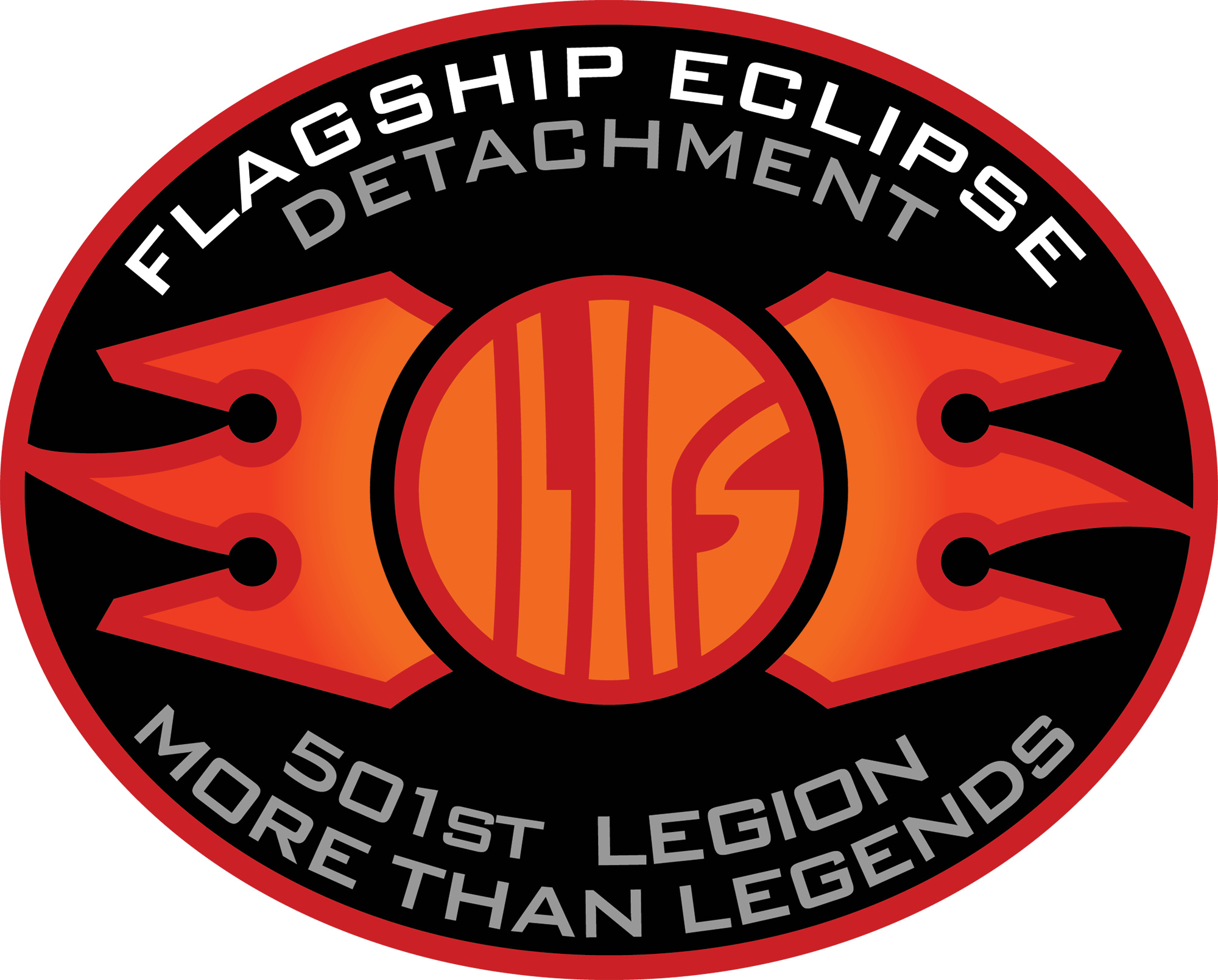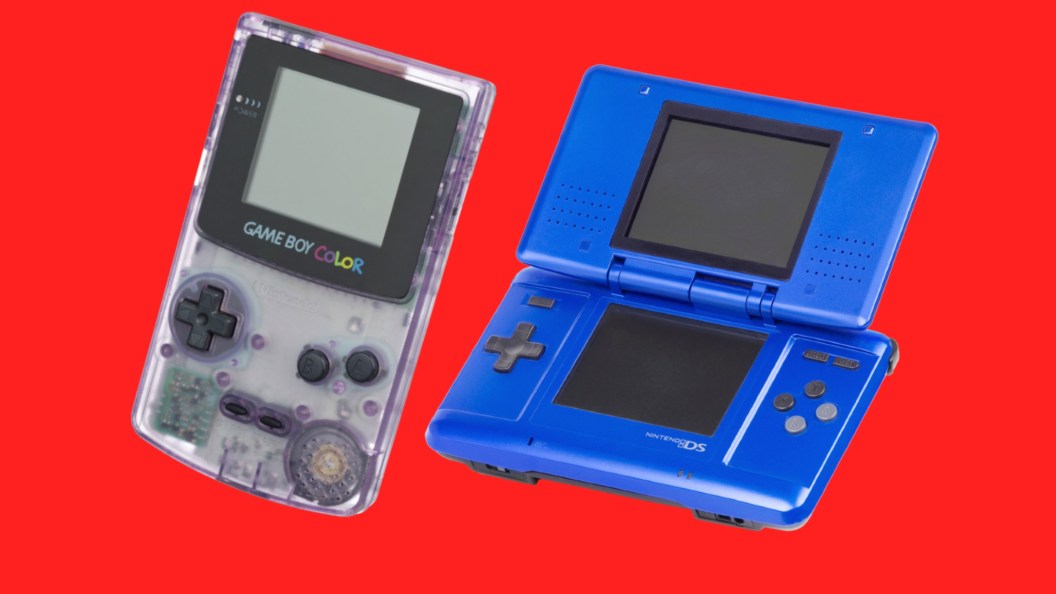
Handheld consoles are a pastime in gaming and are becoming a larger part of its future as more competitors enter the handheld market to challenge the crownbearer and market leader: Nintendo. Nintendo has had many competitors throughout its lifespan in handheld gaming, but at every turn, it has (generally) defeated the competition. In this current generation, the competition is perhaps the most fierce with players like Valve and the Steam Deck, the ASUS ROG Ally, and even smaller devices like the Playdate. However, even with new competition, the Nintendo Switch 2 is already setting records in its first month, showing just how firm Nintendo’s grip remains on the handheld space.
With such an extensive history when it comes to handhelds, here is every portable Nintendo system ranked from worst to best.
7) Nintendo Game Boy Advance
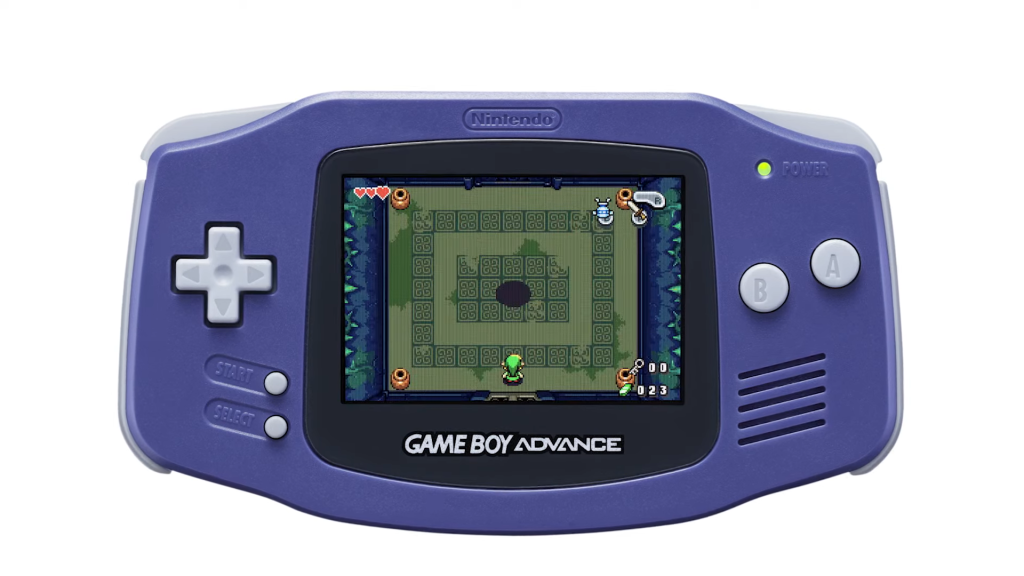
The Game Boy Advance honored the roots of backwards compatibility and allowed for cartridge-based games from the Game Boy Color and the original Game Boy to function on its system. The design of the console also set the stage for all later handheld consoles like the Nintendo DS, 3DS, and even arguably the Nintendo Switch.
However, the Game Boy Advance (at least in its original version) still lacked a backlight for the screen that prevented any form of visual clarity except in well-lit rooms. Eventually, the Game Boy Advance got upgraded to the Game Boy Advance SP. The GBA SP was everything that the original was not, which made ownership of the first model more intolerable, knowing that all of its key problems were resolved by the SP two short years later. The Game Boy Advance SP had the clamshell design for screen protection, an extended battery life from the internal rechargeable battery, and a backlight for the screen to improve visibility in different settings. The Game Boy Advance SP was backward compatible with all other handheld cartridge games, making it a true powerhouse for handheld gaming.
6) Nintendo Game Boy Color
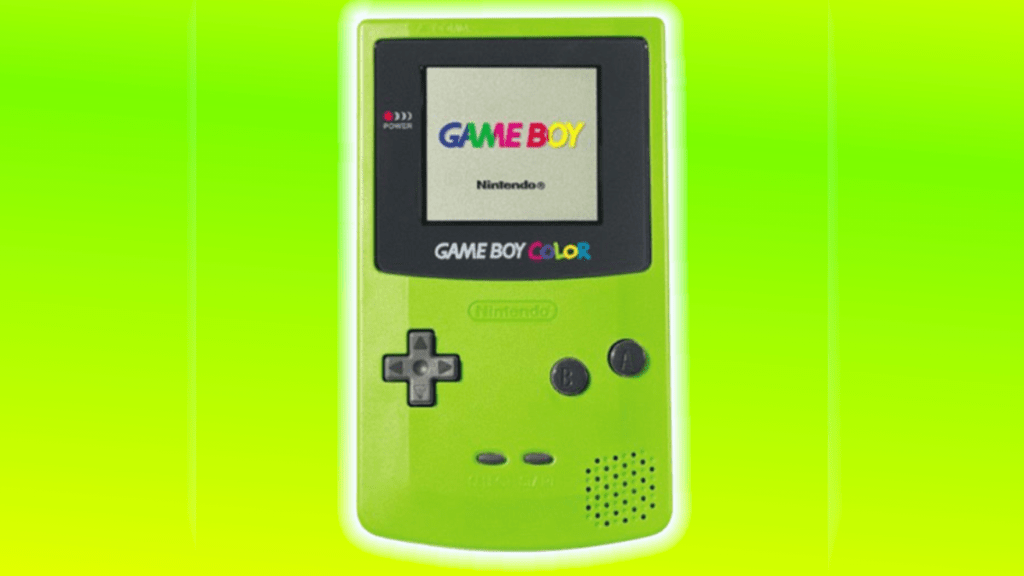
The Game Boy Color had a relatively short lifespan of only three years, but it brought the handheld Game Boy gamers out of the world of grey/green screens into the world of distinctive colors. The Game Boy Color offered a larger screen than the Game Boy Pocket, but still kept the design more compact than the original Game Boy.
The Game Boy Color was also backwards compatible, allowing it to tap into the 1000+ game cartridge library associated with the Game Boy. The Game Boy Color also came with some fantastic Pokémon exclusives like Pokémon Gold, Pokémon Silver, and Pokémon Crystal.
5) Nintendo DS
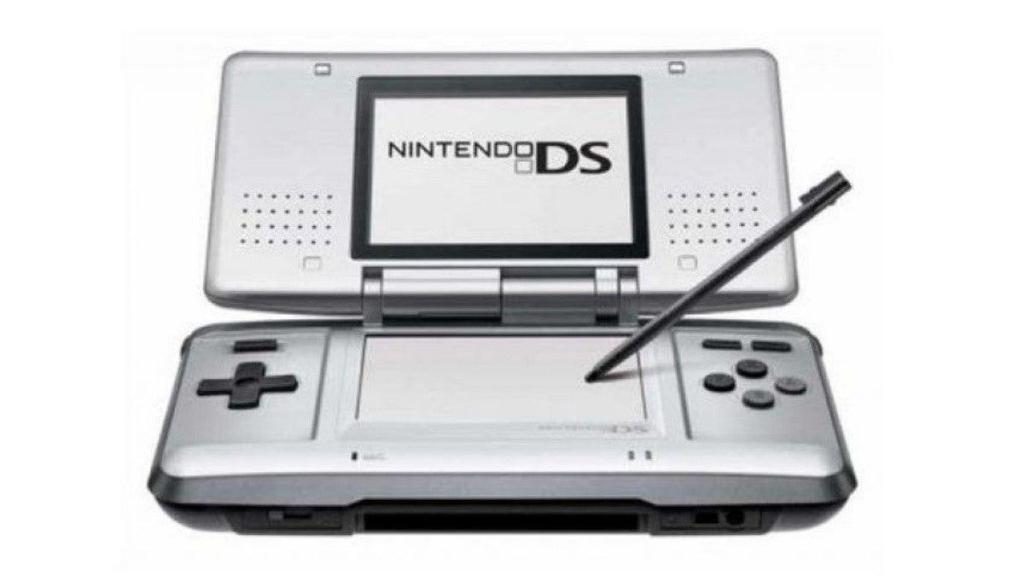
The Nintendo DS was a bold step for the Nintendo handheld market and perhaps a gamble in terms of design and style that saw the Game Boy brand removed from the naming convention. Regardless, the DS system was a commercial success.
The console was exceptionally innovative with its dual-screen setup (indeed, DS is an acronym for dual-screen) and offering touch screen technology. With a high adoption rate, a lot of developers were willing to support the handheld console, which also offered a lot of creativity with game design. Realistically, the DS system was the foundation for all the later iterations of the DS handheld devices that remained in production until the 3DS XL.
4) Nintendo Switch 2
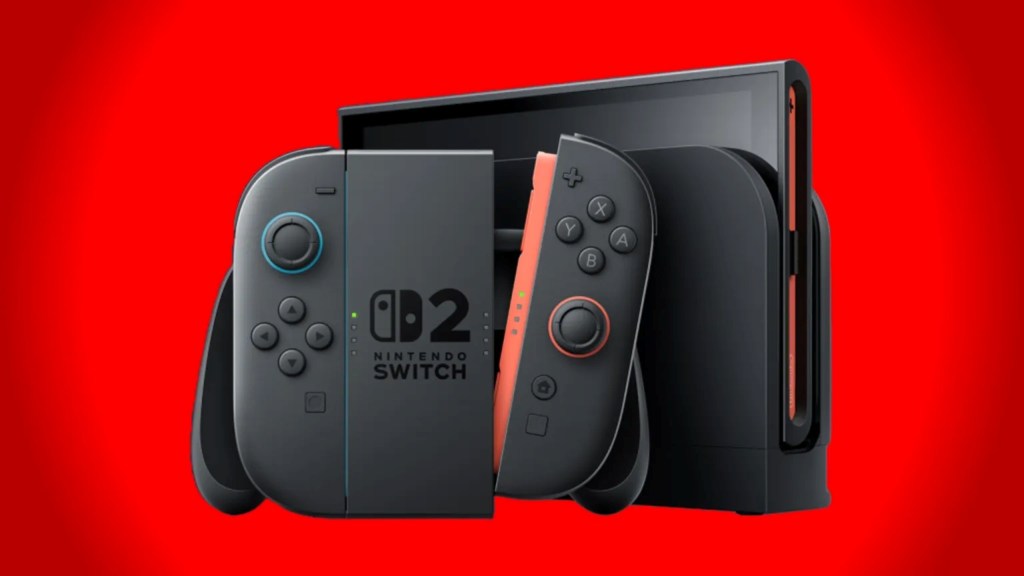
The launch of the Nintendo Switch 2 could have gone better from a sentiment standpoint. From a sales standpoint, though, the Switch 2 immediately set records for Nintendo.
While it’s still early, the Nintendo Switch 2 is already a fantastic console. With better visual fidelity, frame rates up to 120 fps, and a larger screen, the Switch 2 feels and looks more premium, putting it on the higher end of Nintendo handhelds in the company’s history.
3) Nintendo Game Boy

The Nintendo Game Boy and Game Boy Pocket are where the journey began for many folks with handheld gaming. Nintendo wanted to build on the success of the Game & Watch single-game handheld consoles with a system that allowed for interchangeable cartridges. In that vein, the Game Boy and Game Boy Pocket were exceptionally successful. These handheld consoles became the staples of the ’90s and early ’00s across school life, roadtrips, and gaming on the go in general.
The screen’s display of four shades of green/grey supported a significantly better battery life against more advanced handheld systems of the time, like the Sega Game Gear or Atari Lynx. Some of these more simplistic features also supported a lower price tag for the Game Boy, allowing for a much higher rate of adoption by the general public. The handheld exclusives also gave the Game Boy higher street cred, as the Game Boy was the only place to play Pokémon Red and Blue, Super Mario Land, and Tetris.
2) Nintendo 3DS
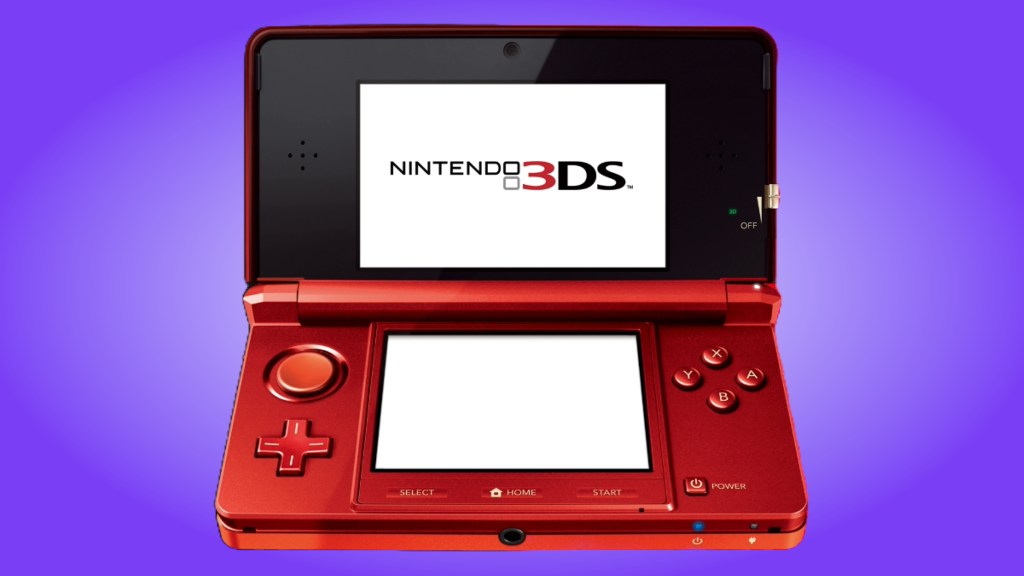
If the handheld exclusive console era had to come to an end, it ended on a high note with the Nintendo 3DS and 3DS XL/2DS XL family of consoles. The 3DS console debuted during a time when pop culture was fixated on 3D technology, probably due in part to the success of James Cameron’s Avatar, setting the stage for what was supposed to be the next era of film, television, and gaming. And the 3D gimmick resonated exceptionally well with audiences. Moreover, the console itself was exceptionally well designed, especially the later 3DS XL and 2DS designs.
The 3DS also had a tremendous lineup of games that gave the handheld console significant longevity for playthroughs, even well into the timeframe that the Nintendo Switch was on the market. The 3DS was home to The Legend of Zelda: A Link Between Worlds, several great Pokémon titles, Super Smash Bros. for Nintendo 3DS, and the 3D versions of Ocarina of Time and Majora’s Mask. The console had backward compatibility as well to keep older DS games alive and relevant.
1) Nintendo Switch
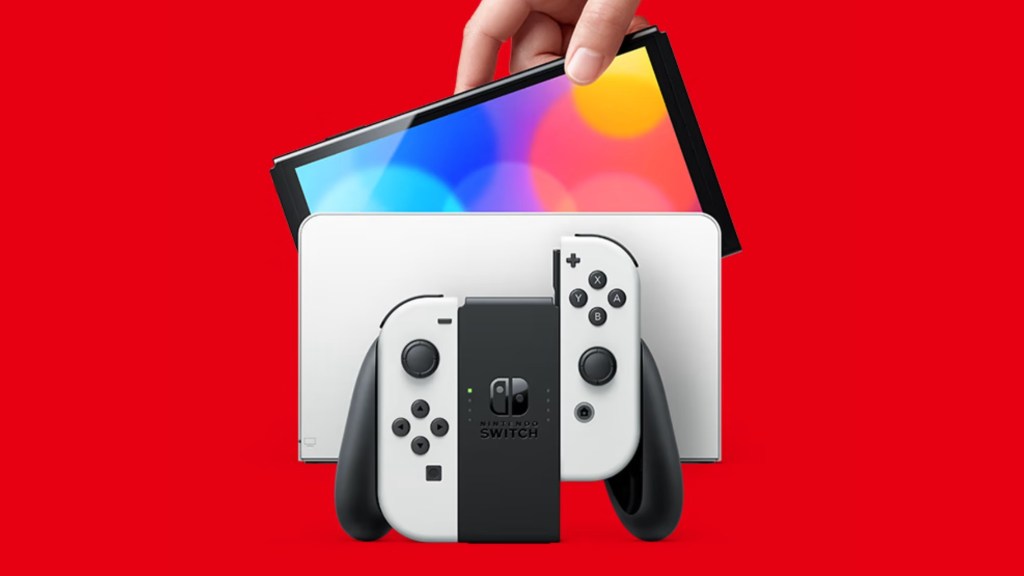
With the launch of the Nintendo Switch 2, the Nintendo Switch will eventually have its sunset moment, where it rides off into the horizon with Joy-Cons in tow. The Nintendo Switch had a hell of a ride. Debuting in 2017, the Nintendo Switch has been the top platform from Nintendo for nearly a decade. Across the gaming landscape, that kind of longevity is harder and harder to come by.
The Nintendo Switch, as both a console and a handheld, inevitably cannibalized the DS/3DS era of gaming. With the Nintendo Switch serving both audiences, it left little room in the market for both. And while there is a certain nostalgic past that is lost from a world that will see the Game Boy and DS systems slowly fade away, the Nintendo Switch, in its own words, offered up the best versatility. The Nintendo Switch also restored audience faith in Nintendo as the next-generation console after the Wii U, which was underpowered, gimmicky, and lacked support from third-party publishers and meaningful first-party launch titles. The Nintendo Switch truly built a pipeline that continues to see Nintendo remain relevant in the modern gaming landscape.
The post Every Nintendo Handheld Console, Ranked appeared first on ComicBook.com.
